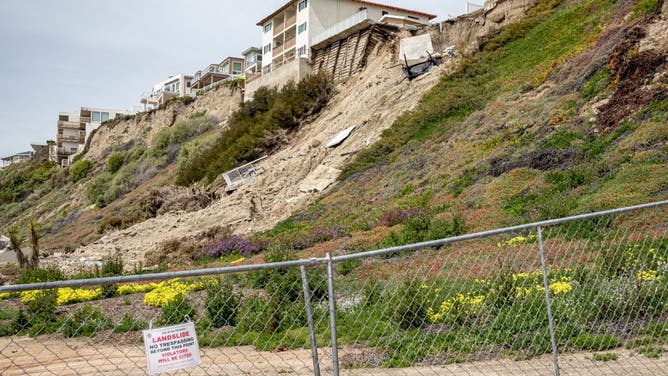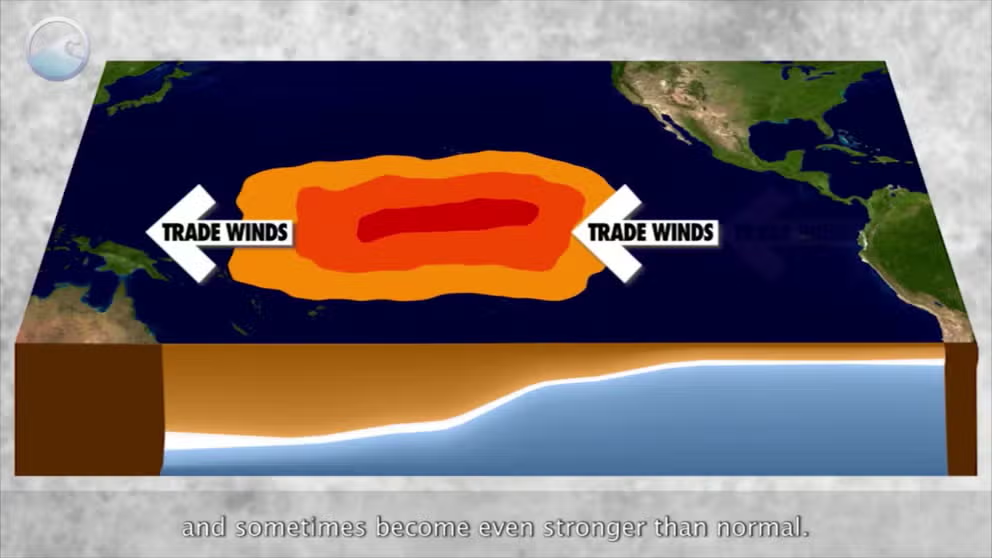El Nino now nearly slam dunk to impact world weather later this year
NOAA now gives as high as a 94% chance El Niño – known as the world’s ultimate "master weather-maker" – will be here for the autumn and winter and could affect weather patterns, producing relentless floods and droughts and tinkering with the hurricane seasons in the Pacific and Atlantic oceans.
The meaning of El Nino and La Nina
The status of whether the world is being impacted by an El Nino or a La Nina is determined by water temperatures in the central and eastern Pacific. (NOAA)
WASHINGTON – El Niño is coming. Or at least it's looking like a very good bet.
NOAA's Climate Prediction Center said Thursday the tropical waters of the Central Pacific Ocean are still warming and are now on the cusp of reaching the threshold for being considered an El Niño.
WHAT ARE THE EL NINO AND LA NINA WEATHER PATTERNS?
NOAA now gives as high as a 94% chance El Niño will be here for the autumn and winter.
An El Niño is one of three possible phases of the El Niño-Southern Oscillation (ENSO) and forms when sea-surface temperatures reach at least 0.5 degrees Celsius warmer than average. The latest measurements show a warm anomaly of 0.4 degrees Celsius along with some signs that the atmosphere is beginning to feel El Niño's budding influence, though still mainly operating as if in "neutral" conditions.

FILE - Landslide of cliff after major storm in residential area of San Clemente. Homes and swimming pools balance precariously at edge of cliff overlooking beach, San Clemente, Orange County, California, USA.
(Citizens of the Planet/UCG/Universal Images Group / Getty Images)
Some experts have dubbed El Niño to be the world’s ultimate "master weather-maker" as its influences impact everything from animal migrations to the amount of billion-dollar disasters reported around the globe. In the U.S., El Niño winters tend to be wet across California and the South while milder and drier across the North. The Atlantic Basin hurricane season tends to be suppressed due to increased atmospheric wind shear, the change in wind speed and/or direction with height.
The last El Niño event to impact the country was during 2018-19, and it helped produce over a year of warm temperatures and plentiful precipitation over the country.
The event was considered weak, with water temperatures in critical parts of the Pacific only reaching between 0.5 and 1 degree Celsius above average. This month's latest predictions show not only a 91% to 94% chance of reaching baseline El Niño thresholds, but a 76% to 80% chance of reaching a moderate El Niño status and even as high as a 54% chance of a strong El Niño event.
NOAA's next update on the ocean's journey toward El Niño will come on June 8.
